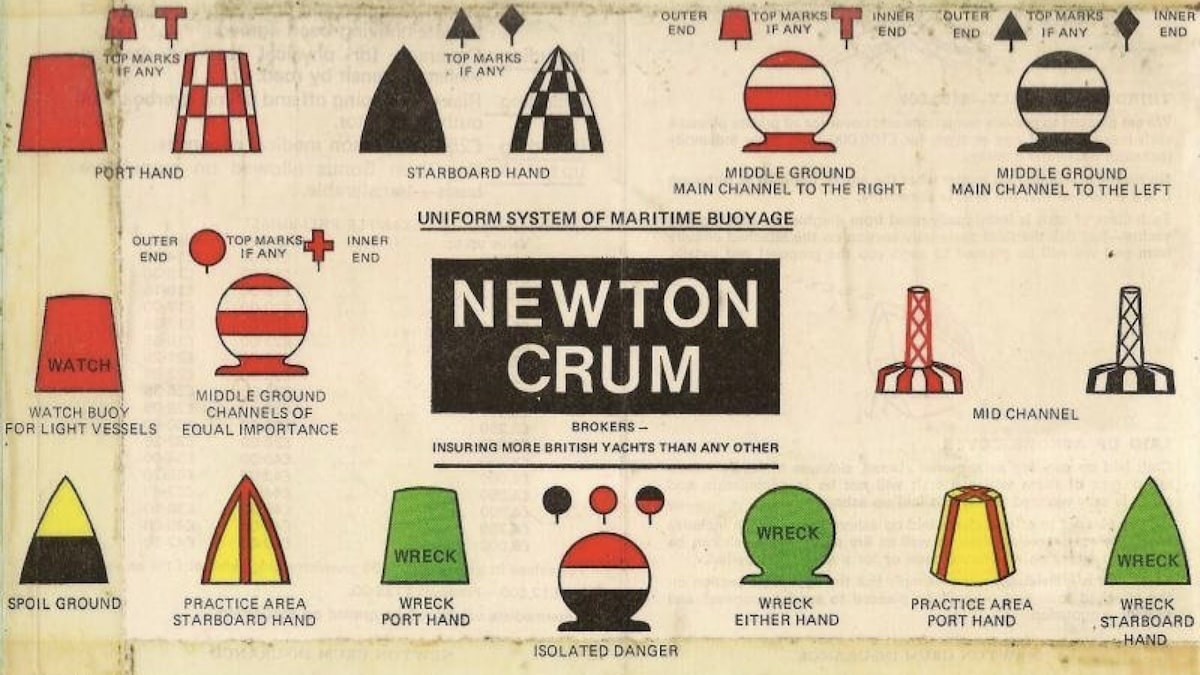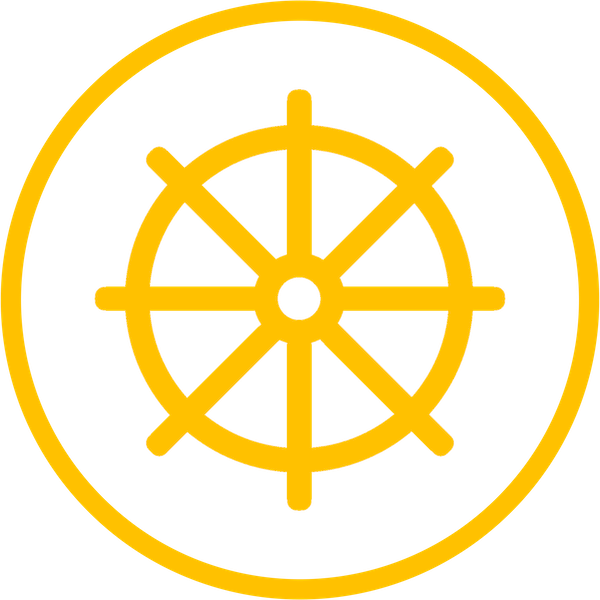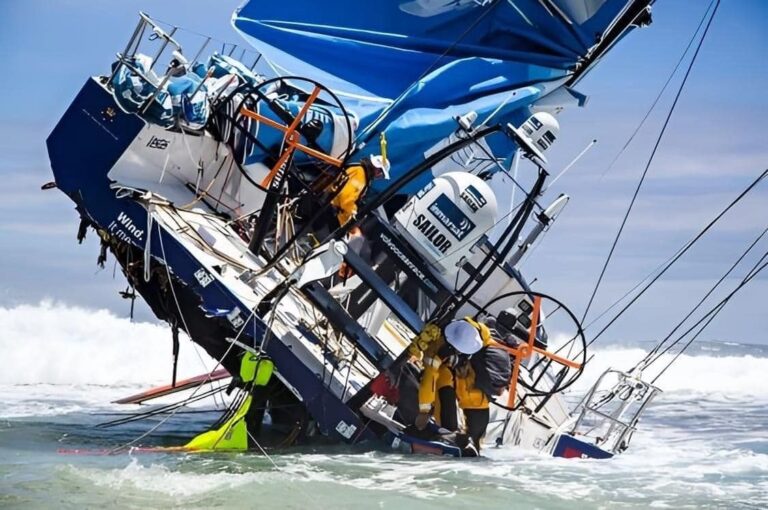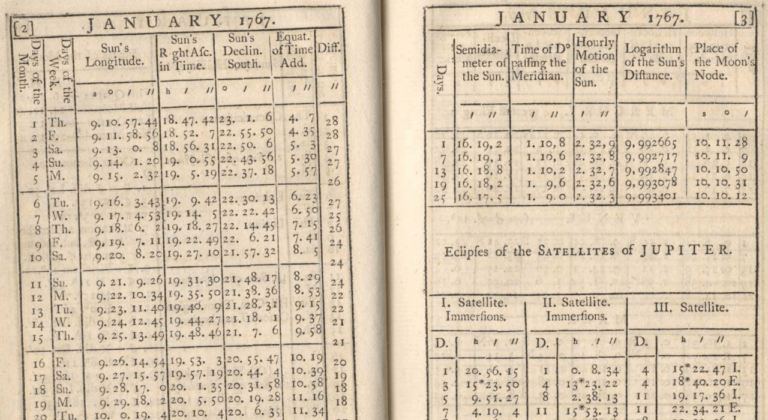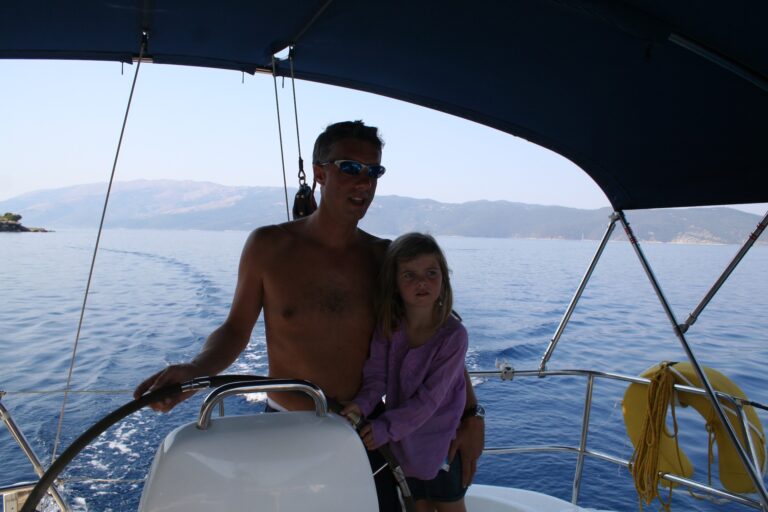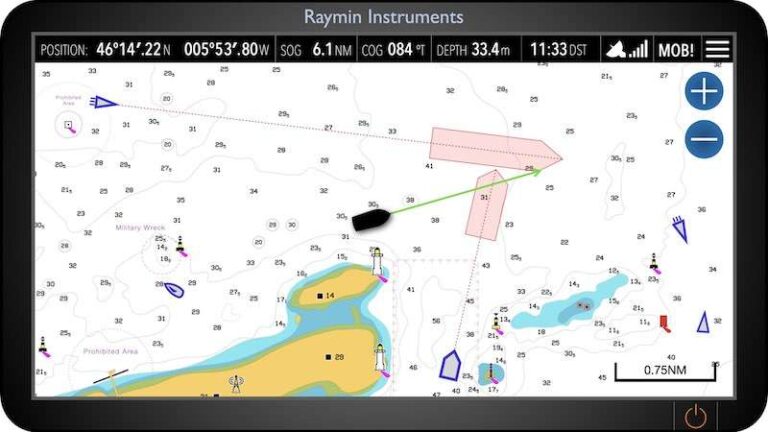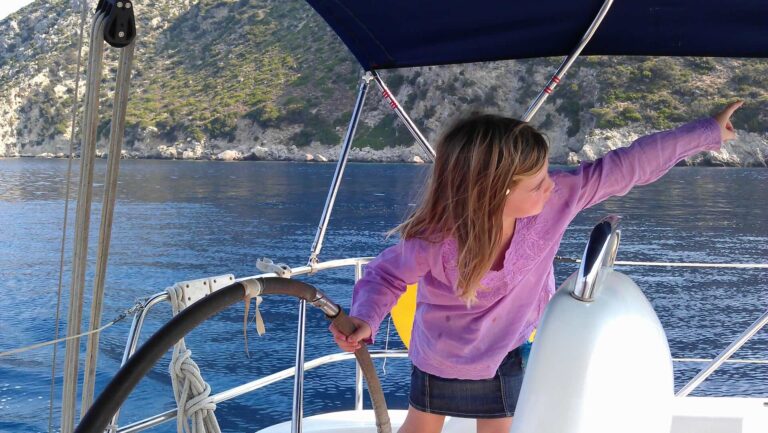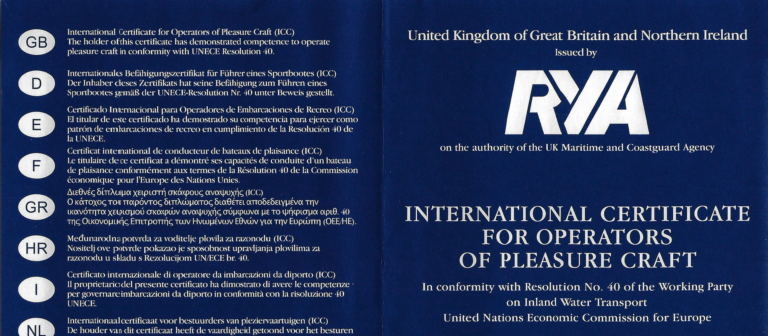The History of the IALA Buoyage System
Introduction
Navigational aids have been crucial for maritime safety for centuries, but you may be surprised to learn that the standardisation of the buoyage system didn’t materialise until the 1980s.
Among the various systems developed, the International Association of Marine Aids to Navigation and Lighthouse Authorities (IALA) buoyage system stands out for its global adoption and effectiveness. The history of the IALA buoyage system is a fascinating journey of international cooperation, technological advancement, and standardisation, ensuring safer seas for all mariners.
Early Navigational Aids
Before the advent of standardised buoyage systems, mariners relied on various local aids to navigation, including natural landmarks, lighthouses, and rudimentary buoys. These aids were often inconsistent and varied widely between regions, leading to confusion and accidents. The need for a more uniform approach became evident as international trade and maritime traffic increased.
Pre-IALA Efforts
In the 19th and early 20th centuries, several countries developed their own buoyage systems, which were often incompatible. For instance, the British system used a lateral system where port and starboard markers had different shapes and colours. Conversely, the American system used a similar lateral approach but with different conventions for colours and shapes. This lack of uniformity posed significant risks, especially for mariners navigating international waters.
Formation of IALA
Recognising the need for international cooperation, the International Association of Marine Aids to Navigation and Lighthouse Authorities (IALA) was established in 1957. IALA brought together maritime authorities from around the world to improve and harmonise aids to navigation. One of the organisation’s primary goals was to develop a standardised buoyage system that could be universally adopted.
Development of the IALA Buoyage System
In the 1970s, IALA began working on creating a unified buoyage system. After extensive research, consultations, and testing, the IALA buoyage system was officially adopted in 1980. The system was designed to address previous national systems’ shortcomings and provide clear, consistent guidance to mariners.
The Two Regions: A and B
To accommodate existing practices and ease the transition to the new system, IALA divided the world into Region A and Region B.
- Region A: This region includes Europe, Africa, Australia, and most of Asia. When entering from seaward, red buoys mark the port (left) side of the channel, and green buoys mark the starboard (right) side.
- Region B: This region includes the Americas, Japan, South Korea, and the Philippines. In Region B, the conventions are reversed: red buoys mark the starboard side, and green buoys mark the port side.
The division into two regions allowed for a smoother transition and minimised disruption for mariners accustomed to their respective national systems.
Key Features of the IALA Buoyage System
The IALA buoyage system is based on a few fundamental principles that ensure clarity and safety:

Lateral Marks
Lateral Marks indicate the sides of a navigable channel. As described, their colours and meanings differ between Region A and Region B.

Cardinal Marks
Cardinal Marks indicate the direction of safe water relative to the mark using cardinal bearings (North, East, South & West). They are identified by their black and yellow colour scheme and specific top marks.

Isolated Danger Mark
Isolated Danger Marks indicate a danger with navigable water all around it. They are black with one or more red horizontal bands and two black spheres as the top mark.

Safe Water Mark
Safe Water Marks indicate safe water all around the mark. They are red and white vertically striped and have a single red sphere as the top mark. They are often sited at the beginning of buoyed channels.

Special Mark
Special Marks indicate special areas or features, such as anchorages or pipelines. They are yellow and may have various shapes.

Emergency Wreck Buoy
Introduced later, Emergency Wreck Buoys are used to mark new wrecks and are blue and yellow vertically striped.
Global Adoption and Impact
Since its adoption, maritime nations worldwide have widely accepted and implemented the IALA buoyage system. Its standardised approach has significantly enhanced maritime safety, reducing the risk of accidents and improving the efficiency of international shipping.
Conclusion
The history of the IALA buoyage system is a testament to the power of international collaboration and the importance of standardisation in ensuring safety at sea. By providing a clear and consistent framework for navigational aids, the IALA buoyage system has made the world’s waterways safer for all mariners. As maritime traffic grows, the IALA buoyage system will remain a cornerstone of global maritime safety, guiding ships safely to their destinations.
